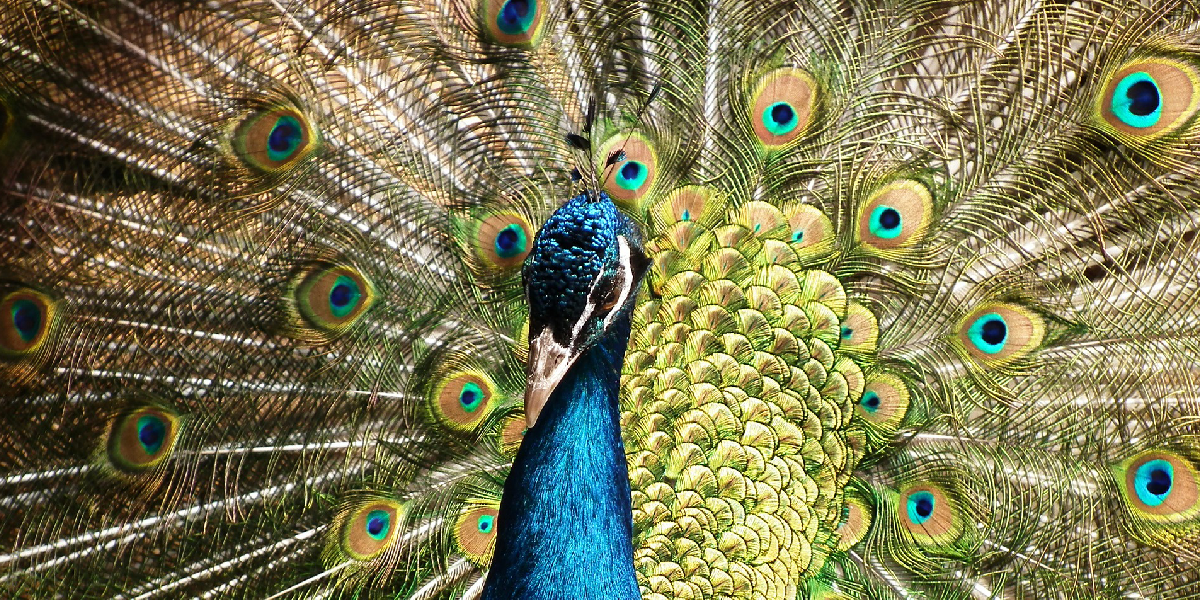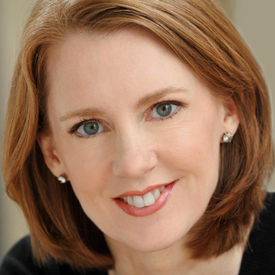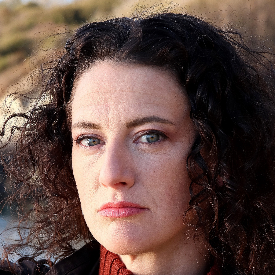A theme for the Happiness Project is to spur everyone to do a happiness project, too. Happiness projects for everyone! I am the happiness evangelist.
Only recently did I start thinking about it this way – even though implicit in the idea of keeping this blog is the desire to help other people learn from my happiness project. Now, though, I’m going to start explicitly addressing the question of how people can design their own.
I need to figure out a systematic way to do this, but until then, I’ll just throw out some provocative suggestions.
I was thinking about a life symbol – or what should it be called? Personal symbol? Imago? Figuration? – I mean the symbol you adopt for yourself and your happiness project.
Trending: How to Transform Daily Habits into Life-Changing Rituals
Without giving it much thought, I picked my symbol as the bluebird, because the bluebird is a symbol for happiness.
I believe this connection comes from the wonderful Maeterlinck play (later made into a Shirley Temple movie), The Blue Bird, where two children look for the Blue Bird of happiness.
I’ve been thinking about life symbols lately, because I’ve been immersing myself in Flannery O’Connor’s work.
Flannery O’Connor was a devout Catholic, and her fiction is filled with symbols, often with religious significance. About symbols, she wrote, “I think the way to read a book is always to see what happens, but in a good novel, more always happens than we are able to take in at once… The mind is led on by what it sees into the greater depths that the book’s symbols naturally suggest.”
Now consider: in life, O’Connor loved peacocks. Because she was in very poor health, she lived on a farm with her mother, and she raised peacocks there.
But peacocks aren’t just peacocks. As she pointed out in a letter, the peacock is the symbol for the Transfiguration, and in medieval symbology, for the Church—the eyes are the eyes of the Church.
Trending: 5 Reasons Life Gets Better After Your 40s
So picture Flannery O’Connor, writing her books, meditating on the mysteries of religion and fiction, close to death, surrounded by peacocks. It would seem like unbelievably heavy-handed symbolism, if it weren’t true.
The peacock symbol is extended by others – peacocks illustrate many of the covers of books published after her death.
O’Connor loved birds from a very young age. Did she choose to surround herself with peacocks partly because of their symbolism? Who knows? But it’s thrilling that she did.
I was intrigued to read that symbols for Buddha include an empty seat, a pillar of fire, a tree, and a pair of footprints – images that signify that he has gone beyond form.
Bridge, skyscraper, candle, river, poppy, library…the value of thinking about a personal symbol comes from the fact that it requires us to think of our lives metaphorically. Keats wrote, “A Man’s life of any worth is a continual allegory – and very few eyes can see the Mystery of his life…a life like the scriptures, figurative.”
Trending: 5 Simple Strategies for Persuading Anybody
It’s difficult, but surprisingly fun. I hit on the bluebird without much thought, but I like it.
A version of this post originally appeared on Gretchen Rubin’s website, where Gretchen writes about her experiments in the pursuit of happiness and good habits.































